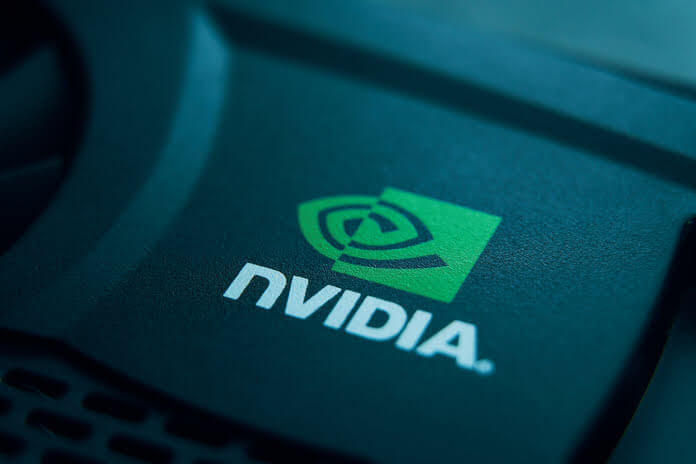Nvidia stock was trading at $124.52 as of 01:12 PM EDT
On Monday, Bank of America reiterated its buy ratings for the semiconductor firms: Nvidia stock (NASDAQ:NVDA), Marvell Technology (NASDAQ:MRVL), AMD (NASDAQ:AMD), Broadcom (NASDAQ:AVGO), and Credo Technology (CRDO). The company did so because it believes that the group will continue to profit from rising cloud computing spending, despite the concerns that have recently begun to surface.
Analyst Vivek Arya revised his estimate for 2023 cloud spending growth, saying he now anticipates it to increase by 7.5%, a slower rate than in 2022 but still higher than in the previous year. Cloud spending is still anticipated to reach $170 billion in 2022, up 20% from 2021, and $183 billion in 2023, which the analyst said would be “in line with the last down cycles when CAPEX decelerated.” The analyst noted that macroeconomic uncertainty has slowed growth, but that spending will still be higher than in previous downturns.
Is Nvidia Stock Still Cheap Enough To Buy?
“Near-term patterns are volatile, but earlier downturns eventually led to multiple years of 30%+ annual spending trends,” Arya said in a note to clients. She added that several new product cycles are probably going to contribute to the growth in spending as well.
While AMD (NASDAQ:AMD) with its Genoa, Bergamo, and Pensando products have also recently been released, Nvidia (NASDAQ:NVDA) is transitioning to 5 nm, and its recently announced Hopper GPU and Grace CPU lines should do well.
AMD, CRDO, MRVL, Nvidia Stock Analysis
While Nvidia’s (NASDAQ:NVDA) Hopper accelerators might also be more expensive than current offers, AMD’s (NASDAQ:AMD) Genoa and Bergamo server chips are anticipated to cost 10% to 15% more than Milan, the company’s current-generation offering.
Customers’ ASICs, Innovium, and Credo’s (NASDAQ:CRDO) Active Electrical Cables, as well as Broadcom’s (NASDAQ:AVGO) Tomahawk 5 switch and Marvell’s (NASDAQ:MRVL) ongoing cloud growth, are also anticipated to perform well. In addition, Arya said that Intel (NASDAQ:INTC) might continue to acquire market share in various end markets for the aforementioned businesses.
The analyst acknowledged that the company “doesn’t have perfect visibility into chip inventory at cloud customers” and that some companies, such as Micron (NASDAQ:MU), Nvidia (NASDAQ:NVDA), and Intel (NASDAQ:INTC), have had “breathtaking” commentary around certain end-markets, but that has primarily been focused on consumer demand.
Still, there are a few factors that support cloud computing spending: The demand for cloud services is still anticipated to climb by more than 30% in 2023; a potential reopening in China could spur demand; the cost of advanced network and accelerator chips is projected to rise, and the total addressable market will keep expanding. According to investment firm Susquehanna, AMD, though operating in a PC market that has continued to deteriorate, is continuing to grow.
Featured Image- Megapixl @ Savconstantine









